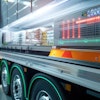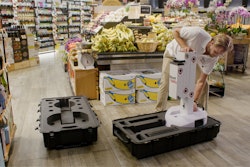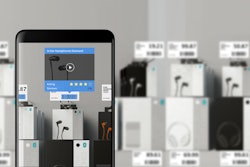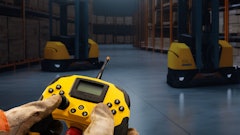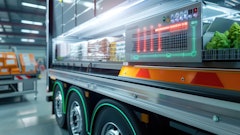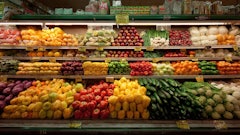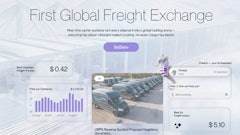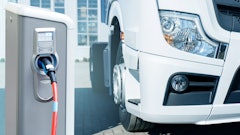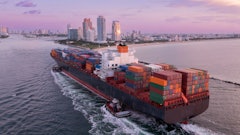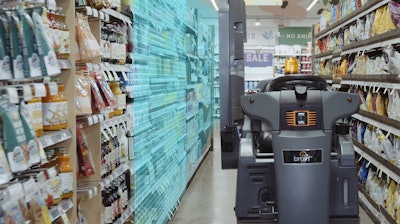
As another summer of searing heat, record-breaking storms, and wildfires unfolds, the climate crisis continues to have near daily reminders. While fossil fuels and energy sources dominate the conversation, there’s another driver hiding in plain sight: food waste.
Globally, more than a billion tons of food are wasted each year, according to the UN Environment Programme (UNEP). In the United States alone, it’s estimated that more than 30% of the food supply is discarded, which is enough to feed every hungry person on the planet several times over. According to UNEP, that waste accounts for 8-10% of global greenhouse gas emissions. Not just from decomposing food, but from all the energy, land, labor, packaging, and water embedded in food that’s never consumed.
It’s an environmental failure and an economic one, costing the global economy over $1 trillion annually. But food waste isn’t an unsolvable problem. In fact, it’s one of the most achievable ways to influence the environment positively, improve business outcomes, and drive immediate impact.
The reasons food gets wasted are surprisingly ordinary. Grocers overorder to avoid empty shelves. Restaurants misjudge demand. Items expire in backrooms unnoticed. The underlying issue isn’t a lack of care, too often it’s a lack of visibility. Many retailers still rely on manual stock checks and fragmented software, leaving them to plan based on instinct and incomplete information.
AI-powered platforms are enabling retailers to better predict demand, manage inventory, and automate decision-making. Certain AI tools help grocers forecast perishable demand using variables such as weather, local events, and historical trends. They automate ordering and help partners cut food waste. These solutions not only reduce loss, but they also boost sales and operational efficiency.
In kitchens, some technologies use computer vision to monitor what gets thrown away, track trends, and feed insights back into menu planning. AI tools help store teams continually monitor inventory, including capturing expiration data that allows for real-time decisions about picking, markdowns and promotions that help move products off shelves before they spoil.
Across the value chain, AI and automation are being deployed to attack the problem from multiple angles. Sensors now track temperature and humidity during transit and storage, flagging spoilage risks early. Dynamic pricing systems adjust costs based on shelf life and demand. Redistribution platforms use AI to reroute surplus food to food banks. Even packaging is getting smarter, with barcodes that encode freshness data and help automate inventory decisions.
The convergence of these technologies is what’s most exciting. AI works best when paired with real-time data, integrated workflows, and mobile-enabled teams. Forecasting, dynamic pricing, waste tracking, supply chain visibility, and redistribution are no longer separate processes. Rather, they’re becoming parts of a unified, intelligent ecosystem.
And these tools don’t just reduce waste—they create business value. According to Grocery Doppio’s State of AI in Grocery 2024 report, AI is projected to unlock $136 billion in value for the grocery sector by 2030, with over $67 billion coming from supply chain and logistics alone. In a sector where margins are tight and expectations are high, that kind of upside is hard to ignore.
Still, many organizations lag behind. Too many retailers rely on legacy systems and disjointed software that make it difficult to connect inventory, ordering, pricing, and shelf data. Others track gross waste instead of measuring profit-optimized, waste-minimized performance. Human intuition remains the default, even when machine learning could do better.
To make meaningful progress, three shifts need to happen:
1. Retailers must lead with data. The best results come from companies that trust AI over gut instinct. In environments where demand is volatile and product life is short, data-driven decisions win.
2. Systems must connect. Food waste thrives in silos. A smart ordering tool is useless if it can’t talk to inventory, pricing, and shelf data. Integrating workflows and enabling them with mobile tools and real-time capture—is essential.
3. Measure what really matters. Reducing tons of waste is good. Reducing waste while increasing margins is transformative. That’s the true promise of AI-driven food systems.
Food waste feels daunting because the numbers are so large. But this isn’t like other climate challenges that require decades of R&D. The solutions are already here. The technology works. The economics make sense. Consumers get fresher food. Retailers become more agile and profitable. And the planet gets a reprieve.
The question isn’t whether we can solve this. The question is how fast we’re willing to move.


